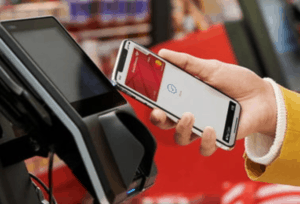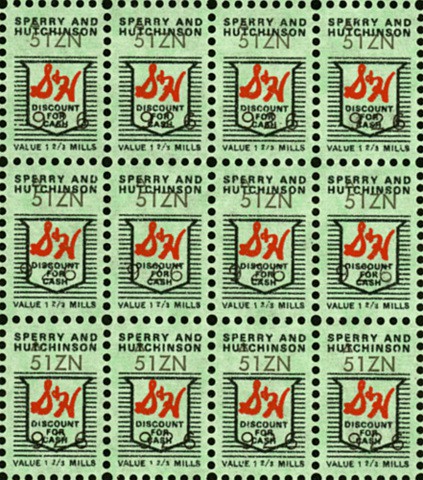
“It’s Farmer Jack Savings Time!” Remember when you would hear that unique sounder followed by the slogan and a price point? “Special cut rib-eye steak, just 88 cents a pound, through Sunday at Farmer Jack!”
 Aside from the prices, a lot has changed across the Detroit area grocery landscape. Companies like A&P, Wrigley’s, Chatham and Great Scott have all fade into history. The big box stores like Kroger, Meijer and Walmart dominate. Cashiers hand entering the price of food items into a cash register has transformed into scanning systems that instantly calculate the price and adjust the inventory so management can know the status of daily sales volume at any moment.
Aside from the prices, a lot has changed across the Detroit area grocery landscape. Companies like A&P, Wrigley’s, Chatham and Great Scott have all fade into history. The big box stores like Kroger, Meijer and Walmart dominate. Cashiers hand entering the price of food items into a cash register has transformed into scanning systems that instantly calculate the price and adjust the inventory so management can know the status of daily sales volume at any moment.
When was the last time you wrote a check for groceries? Although not totally abandoned as a payment method, we are now sliding debit cards into chip readers or tapping our iPhones to pay the bill.
In some cases, abandoned ideas are returning to the fore, most notably home delivery. Instacart is making a run at that convenience. Expect Amazon to be in the space, too.
 The way we hear about grocery deals is morphing with the way we consume information. Coupons and sale prices come to our devices, applications encourage us to take advantage of member rewards, the current iteration of the trading stamps we used to collect. Advertising money is shifting from full page ads like the one above to neighborhood mailers, email and digital banners that surround the websites we visit.
The way we hear about grocery deals is morphing with the way we consume information. Coupons and sale prices come to our devices, applications encourage us to take advantage of member rewards, the current iteration of the trading stamps we used to collect. Advertising money is shifting from full page ads like the one above to neighborhood mailers, email and digital banners that surround the websites we visit.
Vanity brands compete with the names we grew up. Specialty grocery chains like Whole Foods and Trader Joe’s work to convince us that paying a premium is a better deal than the low prices and spartan service at Aldi.
What hasn’t changed? Our kids and grandkids still ask us for goodies when they come to the store with us. The shopping carts are nearly identical to the ones we used in the 1960s. And service remains a competitive advantage in a space where margins are slim and alternatives are many.

